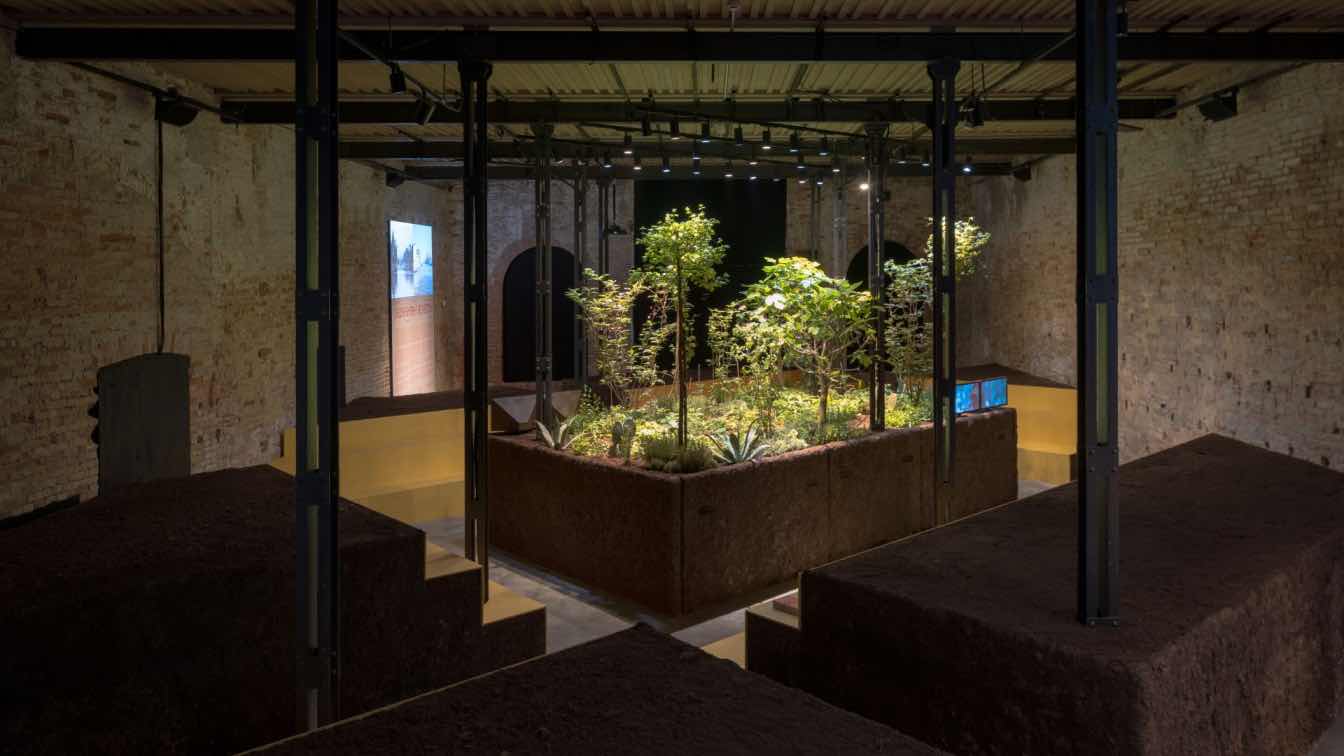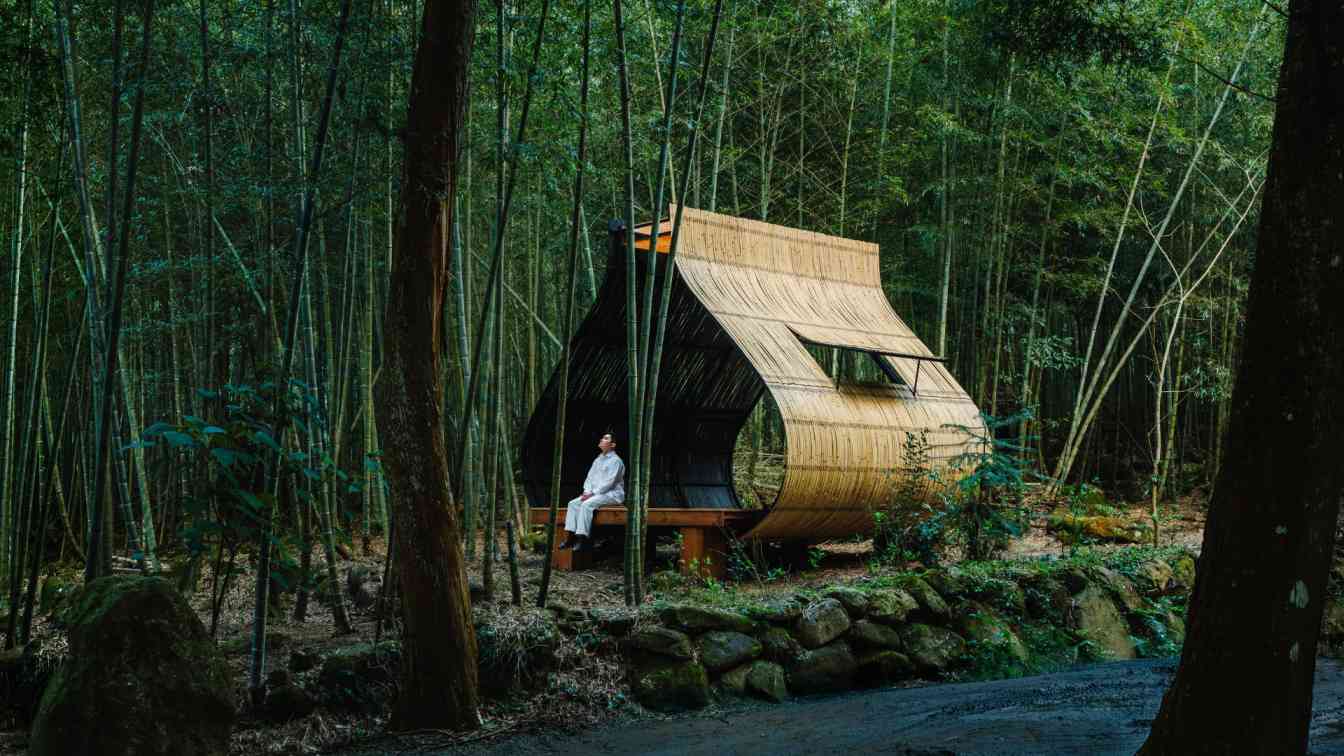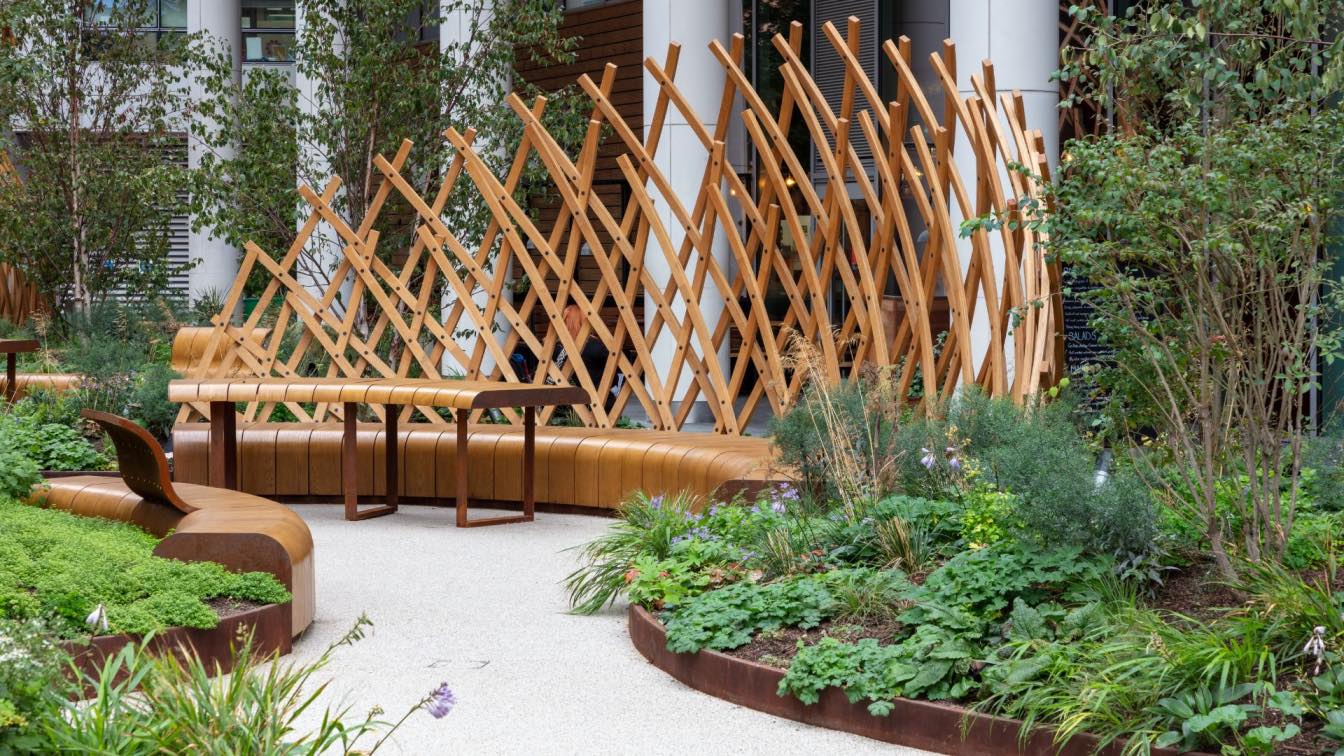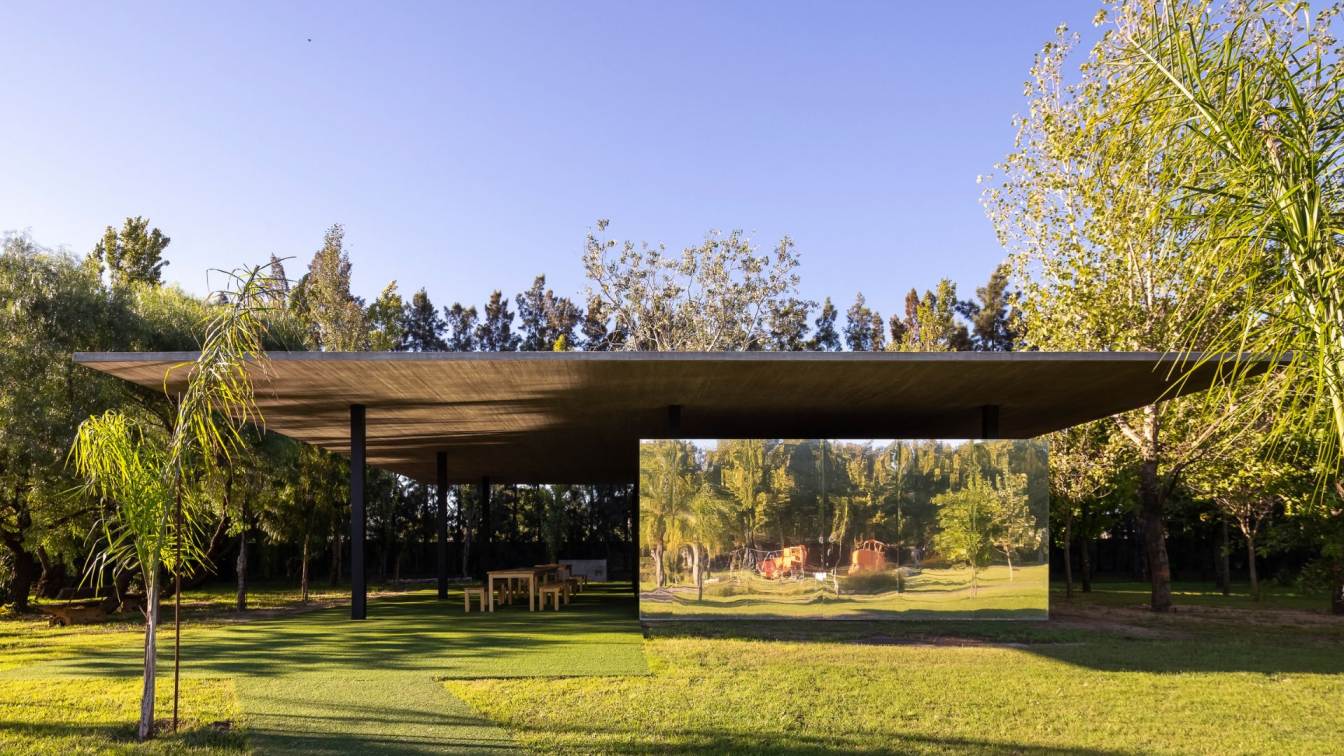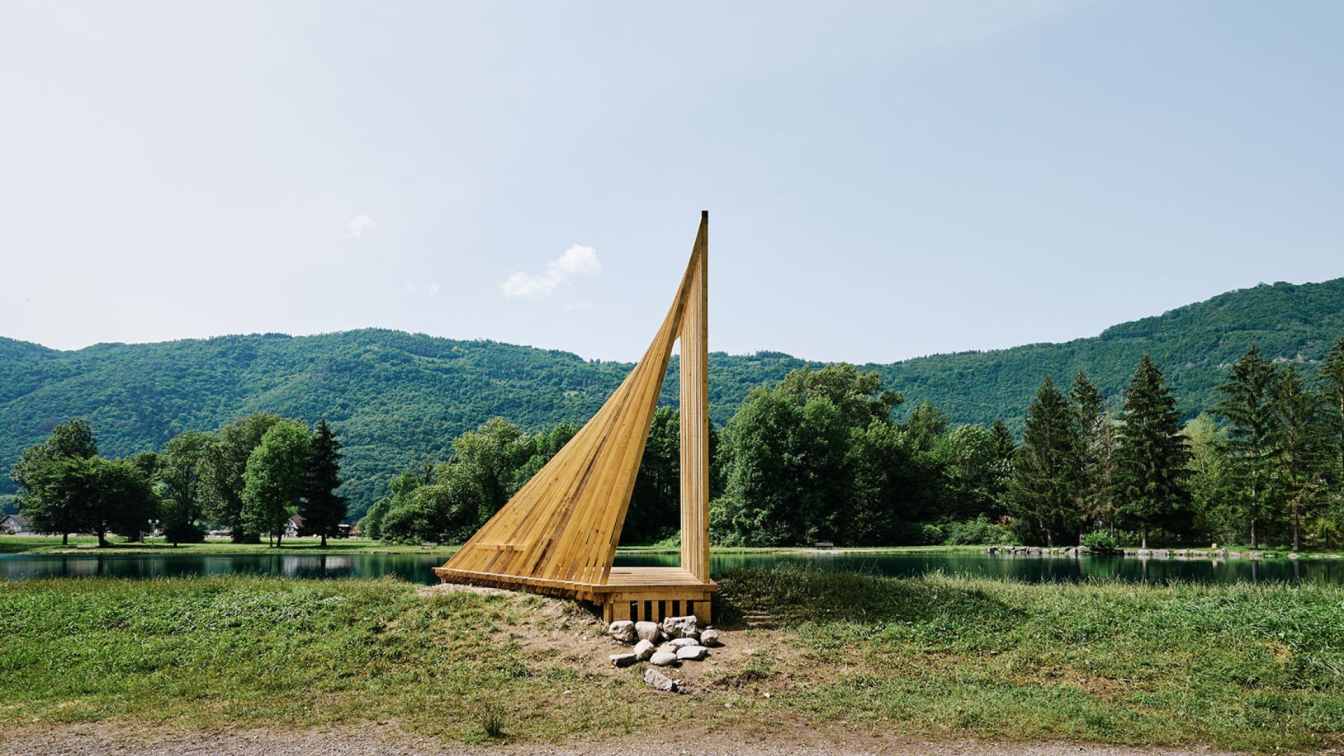Pavilion of Mexico
19th International Architecture Exhibition
La Biennale di Venezia
Faced with the global ecological crisis, the project selected by the Ministry of Culture and the National Institute of Fine Arts and Literature for the 19th International Architecture Exhibition – La Biennale di Venezia promotes a reflection on how we inhabit, cultivate, and design the world we share. Chinampa Veneta starts with the chinampas agricultural system, of Mesoamerican origin and still in force in Xochimilco, a historic lake ecosystem south of Mexico City. This ancient knowledge, which interweaves landscape, infrastructure, and technique, is reimagined in the context of La Biennale, activating a living environment in an emblematic city.
Chinampas are an ancient agricultural system with more than four thousand years of history. They are located in shallow lakes and are built in the form of rectangular blocks with layers of sediment, mud, and vegetation. Flowers, vegetables, and other foods are grown there. Their beautiful geometric arrangements, in addition to forming channels, multiply the banks of the lake, creating ecological niches for feeding, reproduction and shelter, which detonate an explosion of biodiversity.
Each element of the chinampa system is equally important and generates symbiotic relationships that promote life, capture carbon, purify water, and produce food and oxygen. In a world on the brink of ecological collapse, chinampas show us a path to the future.

The chinampas were conceived from an ancestral worldview in which humans were an active part of the natural cycles of life, unlike modernity, which desperately tries to control them. In Xochimilco, as in Venice—both declared World Heritage Sites in 1987—we have witnessed the alarming speed with which urban development can consume thriving ecosystems.
Chinampa Veneta is composed of several enactments. One of them is located inside the Arsenale, where a system of chinampas is represented. Each chinampa shows a different moment in their growth process. The enactment begins with the regeneration of a chinampa from a chapin, a small cube of nutrient-rich mud that holds a seed inside. The protagonist is in the center: a living chinampa, different from its predecessors in Mexico, planted with an agroforestry system practiced in the Veneto, la vite maritata—in which the vine grows intertwined with the trees—in coexistence with a traditional Mesoamerican polyculture system: the milpa.
Another enactment floats symbolically in the Venetian Lagoon, as an analogy to the Teatro del Mondo by Aldo Rossi, who conceived of theater as a fulcrum between architecture and the imaginary, capable of building bridges between worlds. On this occasion, the theater becomes the Chinampa del Mondo and presents itself in a proudly ancestral, natural and organic way, in front of the built environment of the city of Venice, creating a new link between two lake cities whose water histories reflect a political struggle for drinking water and territory.
Chinampa Veneta arrives in Venice to remind us that soil health directly impacts our well-being as a society, and invites us to imagine design processes that reintegrate life cycles, so that our built environment is no longer in opposition to nature.

In a world that never ceases to grow and spread, chinampas force us to stop and look to the past. The National Institute of Fine Arts and Literature selected Chinampa Veneta for being an innovative proposal that expands the notion of architectural design towards a symbiotic process that co-designs with the ecosystem, with the natural environment, and in a collective manner.
The Pavilion of Mexico is located in the former naval complex known as the Arsenale and will be open from May 10 to November 23, 2025. The opening took place in early May and featured a conversation between farmers from Xochimilco and Venice, who shared their experiences with their territories, cultivation practices, and approaches to regenerative agriculture.
We recognize the chinampa system as an ancestral form of intelligence that has endured to this day. We are grateful to and deeply admire all those who, through their work and perseverance, have kept it alive. Thank you to the hands that care for it and resist the overwhelming urban expansion of Mexico City and the pressures of the market. We are especially thankful to everyone who, through their texts and conversations, has guided us throughout this journey.
























